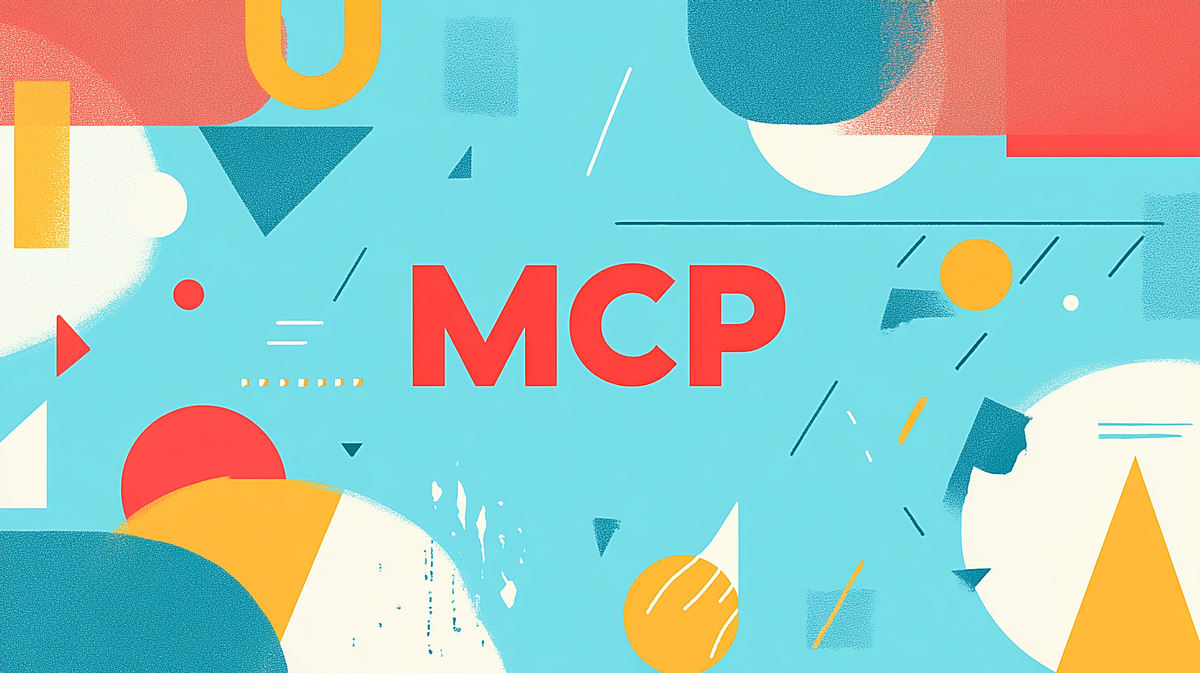MCP: Final Wrap-Up — From Prompts to Protocols: The MCP Era Begins
You’ve just delved into the Model Context Protocol (MCP) through three insightful episodes, and now it’s time to reflect on the key takeaways:
- Episode 1 highlighted why MCP is crucial: context enhances AI intelligence and reliability.
- Episode 1.1 connected MCP to agentic AI, illustrating its role in fostering memory, purpose, and identity.
- Episode 2 explored the mechanisms at play: sessions, context blocks, and role zones.
- Episode 3 unified these concepts with build patterns, agent orchestration, and real-world applications.

🚀 What MCP Really Delivers
Key benefits of MCP include:
- ✅ Persistent memory
- ✅ Role-aware reasoning
- ✅ Modular context layering
- ✅ Safer tool execution
- ✅ Multi-agent collaboration
MCP transcends a mere framework; it’s a thinking pattern that allows systems to remember, adapt, and evolve.
🛣️ What’s Next?
If you’re:
- Building AI products
- Exploring agentic architectures
- Frustrated by prompt limitations
then it’s time to dig deeper into MCP-based design. Expect the emergence of:
- Open-source context managers
- Standardized block structures
- Model-agnostic MCP APIs
- AI teams collaborating in genuine multi-agent environments
💬 Final Note
The future demands smarter ways to work with AI, and MCP is a significant step in that direction—quiet yet foundational.
As we look ahead, remember that the evolution of AI lies in protocols, not just prompts. Dive in to explore more!
Read the full story for more details:
Continue reading

